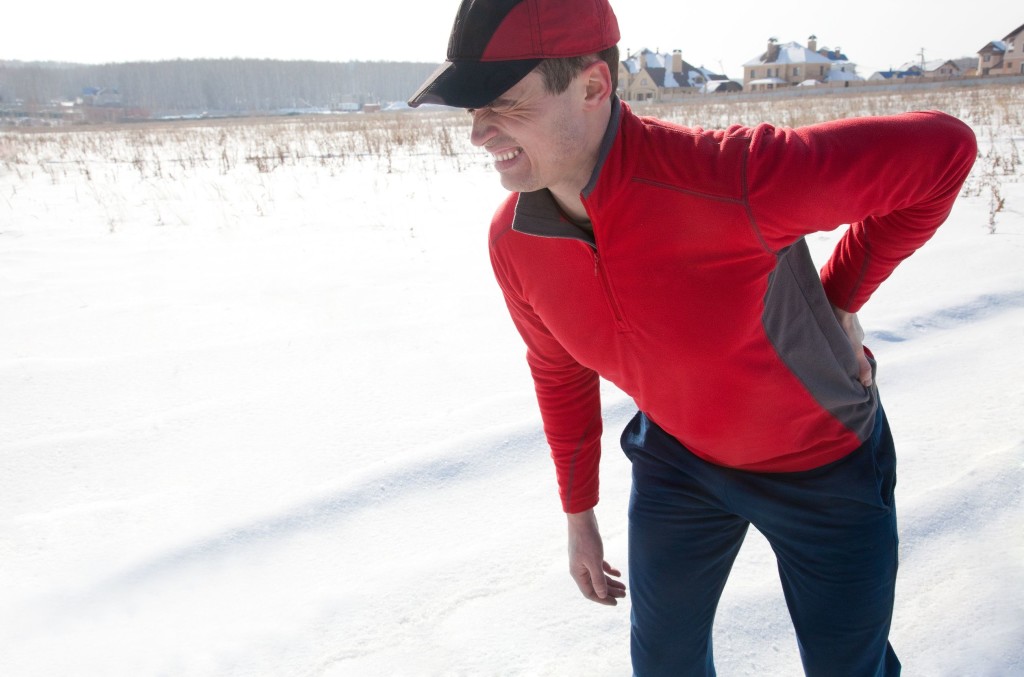Stress fractures are alarmingly common and absolutely dreaded in athletics today. The average bench time for stress fracture recovery ranges from between four to six weeks. For a dedicated athlete, missing an entire season of their game can be emotionally devastating. Essentially, a stress fracture is a crack in the bone that does not go all the way through. While a number of factors can be the cause of stress fractures, the main cause is repeated injury to the bone. When the pressure of these injuries becomes greater than the bone, it cracks.
The two most common stress fracture sites seen by New Jersey orthopedic surgeons are the shinbone and the bones directly behind the toes in the foot. In fact, the most common symptom preceding a stress fracture diagnosis is “shin splints.” Athletes will often feel the pain associated with this common condition and diagnose themselves with shin splints. Left untreated, this develops into a stress fracture until it is treated properly.
How can you tell if you should request an appointment to diagnose a stress fracture? The most common symptom is pain that is alleviated by rest. This pain can dramatically worsen during physical activity and may be accompanied by swelling in the region.
A trained sports medicine specialist can diagnose a stress factor in a number of ways. First, a medical history will be taken to get a clear understanding of your overall health and any risks you might be facing. Then, the sports medicine specialist will examine the area and order X-rays of the site. Since these fractures are often small and harder to detect, additional imaging such as CAT scan or MRI may be requested as well. Combining the images from these scans, your doctor will be able to diagnose any stress fractures in the region.
Treating Stress Fractures:
Stress fractures are a result of overuse of the area. Therefore, the first treatment is rest. Four to six weeks rest is generally ordered in these instances. In addition, your sports medicine specialist may suggest inserts to your shoes to increase the support they offer. For more serious stress fractures, a cast or crutches might be required. Furthermore, Vitamin D and calcium are often suggested to aid in recovery. Most of the time, this is all that is required for recovery. However, there are cases where the bone refuses to heal (a nonunion), and surgery is required to place screws into the bone to aid in healing.
Call AOSMI today to schedule a consultation with an orthopedic specialist. We will do everything in our power to treat you as quickly as possible so that you can get back to the sport you love.








